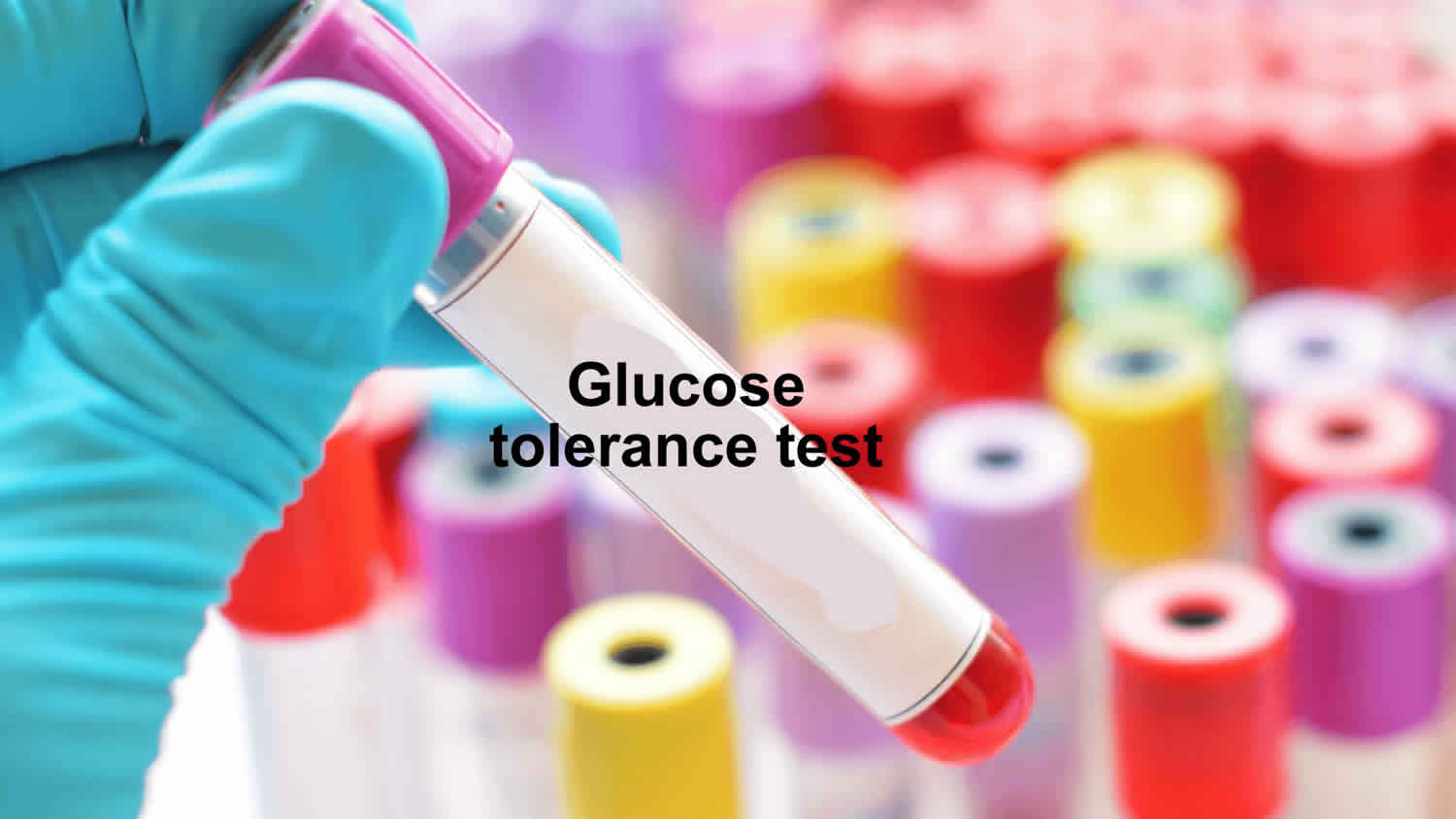The glucose tolerance test, also known as the oral glucose tolerance test, measures your body’s response to sugar (glucose). The glucose tolerance test can be used to screen for type 2 diabetes. More commonly, a modified version of the glucose tolerance test is used to diagnose gestational diabetes a type of diabetes that develops during pregnancy.
When Do I Need the Test?
You might need an oral glucose tolerance test if you:
- Are overweight or obese
- Have a close family member with diabetes
- Have high blood pressure
- Have high triglycerides (a type of fat in your blood)
- Have polycystic obtain syndrome (which causes menstrual problems)
- Delivered a baby who weighed more than 9 pounds
- Had gestational diabetes during a past pregnancy
A shorter version of this test is done between the 24th and 28th week of pregnancy to see whether you have gestational diabetes. It’s called the oral glucose challenge test.
How the Test is performed
The most common glucose tolerance test is the oral glucose tolerance test (OGTT).
You will then be asked to drink a liquid containing a certain amount of glucose (usually 75 grams). Your blood will be taken again every 30 to 60 minutes after you drink the solution.
The test may take up to 3 hours.
A similar test is the intravenous (IV) glucose tolerance test (IGTT). It is rarely used and is never used to diagnose diabetes. In one version of the IGTT, glucose is injected into your vein for 3 minutes. Blood insulin levels are measured before the injection, and again at 1 and 3 minutes after the injection. The timing may vary. This IGTT is almost always used for research purposes only.
A similar test is used in the diagnosis of growth hormone excess (acromegaly) when both glucose and growth hormone are measured after the glucose drink is consumed.
Why it’s done
The glucose tolerance test identifies abnormalities in the way your body handles glucose after a meal — often before your fasting blood glucose level becomes abnormal.
What Do the Results Mean?
Your blood glucose level should rise after you finish the sugary drink. Then it should return to normal, as insulin moves glucose into your cells. If your blood sugar takes a long time to go back to normal, you could have diabetes.
You might see a measurement from the test written out as “mg/dL.” It stands for milligrams per deciliter. Two hours after you finish the glucose drink, this is what your results mean:
Below 140 mg/dL: normal blood sugar
Between 140 and 199: impaired glucose tolerance, or prediabetes
200 or higher: Diabetes
When you’re pregnant, a blood glucose level of 140 mg/dL or higher is abnormal. Your doctor will recommend that you take a 3-hour OGTT. During this longer test, blood will be drawn before you drink a sugary solution. Then you’ll have your blood tested every hour for three hours
Risks
The risks associated with obtaining a blood sample are slight. After your blood is drawn, you may experience bruising or bleeding. In some cases, infection after your procedure is possible.


[…] Glucose Tolerance Test (OGTT): This test involves fasting blood glucose measurement followed by the consumption of a […]
[…] Proteins: When blood sugar levels are elevated over time, glucose molecules can bind to proteins in the bloodstream. These glycated proteins, including albumin, are […]
[…] known as the oral glucose tolerance test, measures your body’s response to sugar (glucose). OGTT is much shorter requiring only three glucose measurements to be drawn over a glucose measurement to be drawn […]